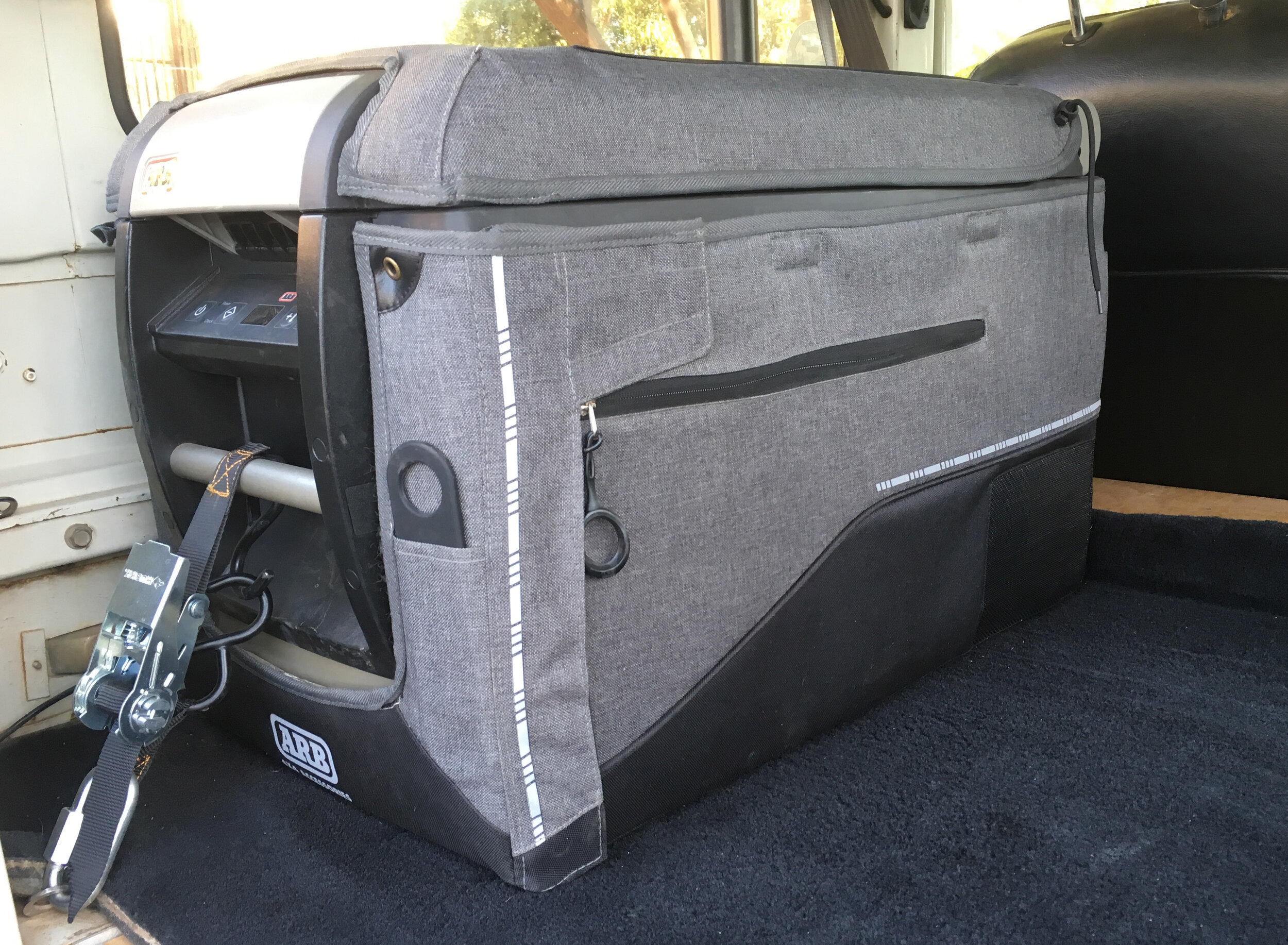The 37-quart size is big enough for a couple and a week’s worth of food, and fits in smaller vehicles.
As so often happens with any consumer product, 12V fridges—the item many overland travelers put on their shopping list before any other accessory—have blossomed in sophistication, features, size, and of course price. It’s now easy to spend close to $2,000 on a dual-compartment, dual-lid, dual-control, 110-liter fridge/freezer.
But what if you just want a reliable, moderately sized fridge from a trusted brand, with easy-to-use controls, a digital temperature readout, and perhaps remote monitoring capability, but none of the polished stainless-steel bling?
ARB, after introducing their own top-end unit, the superb, weatherproof Elements (see here), has slightly revised their tried-and-true basic fridge, now called the Classic Series II. I have one of the first ARB fridges made (after they stopped rebranding Engel fridges), and it has worked perfectly for ten years. So I expect the new one to be just as reliable and durable.
As with my original, I specified the smallest, 37-quart size for the new one. Why? First, because it fits in my FJ40 and many other compact 4x4 vehicles. And second, because the beauty of a fridge in contrast to an ice chest is that you don’t have to load everything you want chilled at the begining of the trip. You can keep just a day’s worth of drinks in the fridge and reload every evening or even in the morning; the fridge will easily cool them by lunch. If you use UHT milk cartons, as we do, you can do the same with that. Thus there’s plenty of room for a good week’s worth of food.
In tweaking the Series I into the II, ARB wisely retained the reliable Secop (formerly Danfoss) compressor. The dimensions and shapes of all the different capacities are the same, as are the faired-in handles that double as stout and versatile tie-down bars. The cabinet is still durable, powder-coated steel. So what’s new? The control panel buttons are now backlit, making them easier to read, and a 12V input display has been added to help monitor battery condition. There is a new, gunmetal gray color scheme, and while this might not sound like a big deal, I think it makes the fridge look hundreds of dollars more expensive than the previous blue scheme. The optional and desirable insulated transit cover carries the same handsome tones. Very stylish.
The big news, however, is the Bluetooth transmitter that allows remote monitoring and control via a free app. While personally this has limited appeal (I can count the apps I have on my iPhone on one hand), if you’re a fan the app will do everything for you short of loading the fridge—including sending you a notice if your friend leaves the lid open after stealing a beer.
In use there’s not much different to report compared to my old ARB fridge—and that’s a good thing. I like the reversible basket, which can either separate the top “crisper” shelf from the rest of the cavity, or provide a really long area on top for . . . a leg of lamb, maybe?. The center divider also helps keep cartons and bottles upright. An LED lamp illuminates the contents well.
Crisper shelf at upper right is good for vegetables or other things you don’t want as cold as the rest of the contents.
To be picky, I would have wished for a hold-open strut of some sort. I’d complain that the latch feels just as brittle as the one on mine always has, but then mine has never broken, so I’ll refrain.
The ARB Classic Series II is $950, and I think its quality and reliability justifies the price. The fridge carries a generous three-year warranty. ARB USA is here.











